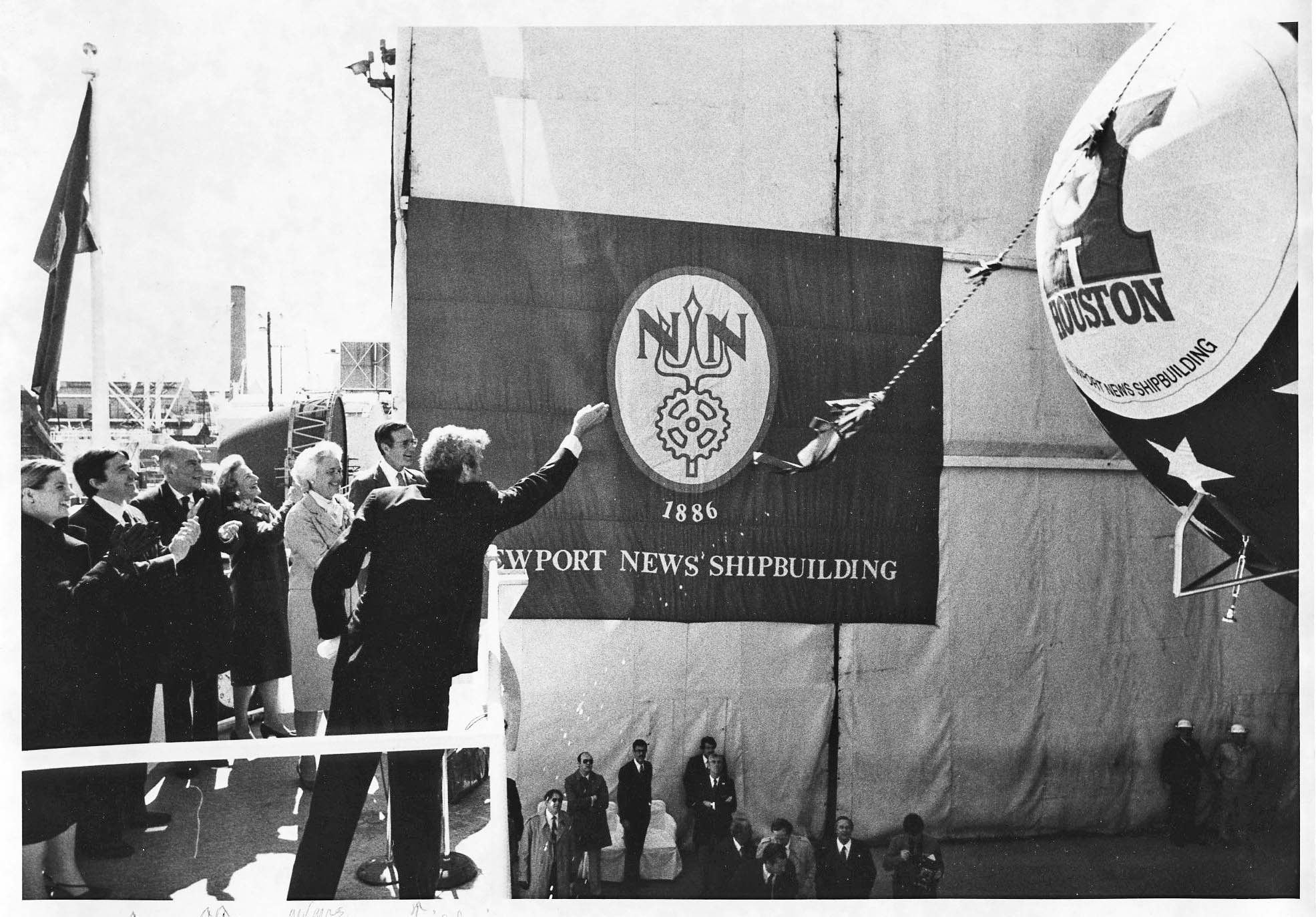As I was speaking with a colleague one evening, the topic of traditions for good luck in the New Year came up and inspired this post. I wondered, since a variety of cultures practice such unique traditions, what are some of the traditions associated with maritime culture?
The one iconic tradition that came to mind was the act of christening a vessel. Immediately, an image of a formally dressed individual, smiling and waving in a shower of champagne and confetti filled my mind. Upon further research, I found that this tradition was about more than a joyous photo opportunity.
In reading Robert McKenna’s article, Bubbly Baptisms, in the premiere issue of the Nautical Collector, one sees how the tradition has evolved over time. He explains in great detail that the christening tradition has ties to when the Greeks, Romans, and Vikings offered libations to their gods in order to protect their ships and crews. The belief was that without formally christening your vessel, you invite disaster for the ship, and all who ride in her. One infamous example that serves to perpetuate this belief is the tragedy of the RMS Titanic.
Although champagne has become the modern offering of choice for its explosive flair, it is interesting to note that, throughout history, water, wine, whisky, brandy, beer, cider, milk, turtledoves and even the blood of human victims has been used with the intention to safely send vessels off.
Apart from the offering, the qualities of the individual chosen to christen the vessel have experienced transitions throughout history as well. McKenna explains that prior to 1811, when King George IV introduced the first female sponsor and set the new standard, christening officials were usually male royalty or senior naval officers.
It is tempting to believe that a vessel happened to meet misfortune because it was never formally christened, but traditions like this, in my opinion, serve to demonstrate the beliefs we hold in order to wish others well. If you have an opportunity to read McKenna’s entire article about the history of christening on your next visit, you’ll see how the tradition has evolved to suit the unique needs that each culture holds while staying true to the central theme.
Happy new year, readers!

